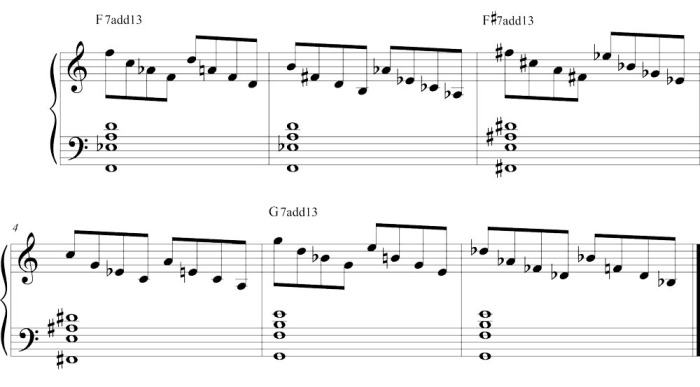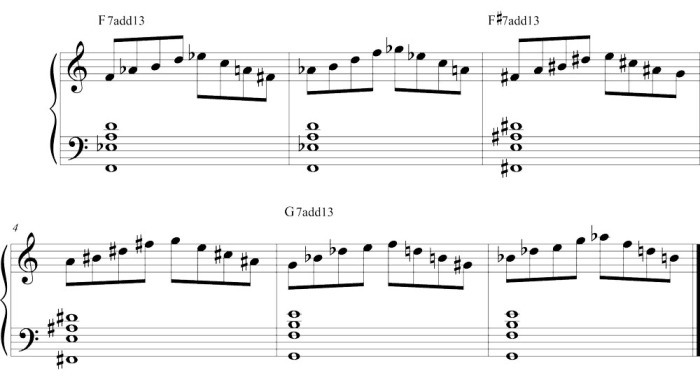Double diminished chords and scales explained
Confused by double diminished? We've got you covered

I first learned about the double diminished scale in the 1970s, inspired by pianists like Chick Corea and Herbie Hancock. At that time, I was studying a book by Nicolas Slonimsky called Thesaurus of Scales and Melodic Patterns.
It displayed countless chords alongside scales that corresponded to them and connected dominant seventh chords with the double diminished scale. From there I started introducing my ears to its singular sound. Here’s an introduction to this alluring scale, along with some ways to put it into action. For an example of this scale used to great effect, check out saxophonist Cannonball Adderley’s seminal album Somethin’ Else—specifically the unforgettable version of the standard “Autumn Leaves” featuring Miles Davis.
- The best MIDI keyboards for beginner and pro musicians
- Best synthesizers: keyboards, module and semi-modular synths
- Best acoustic pianos: budget to premium instruments for home and studio
- Best digital pianos: options for every level and budget
- Get started with the best keyboards for beginners and kids
1. Double diminished basics
Ex. 1a illustrates the idea of this scale, with a root of F. It’s derived from two diminished seventh chords a half-step away from each other: Fdim7 and F#dim7, shown in Ex. 1b.

Any double diminished scale contains one of three series of notes: starting on F, F# (Ex. 1c), or G (Ex. 1d).

Start on a different root, and you’ll find yourself walking through one of those series, just in a different order.


2. Chord/scale relationships
Each double diminished scale can be used over four different dominant seventh chords. The scale starting on F can be used over F7, Ab7, B7, and D7 chords, illustrated in Ex. 2a.

The scale starting on F# can be used over F#7, A7, C7, and Eb7 chords, shown in Ex. 2b. The scale starting on G can be used over G7, Bb7, Db7, and E7 chords, as in Ex. 2c.
Get the MusicRadar Newsletter
Want all the hottest music and gear news, reviews, deals, features and more, direct to your inbox? Sign up here.

Try playing each chord along with its corresponding scale to start incorporating these sonorities into your musical vocabulary.

3. Arpeggio workout
Improvising with arpeggios is another great way to apply the sound and feel of the double diminished scale.

Ex. 3a illustrates an arpeggiated pattern built using major triads from (again) those four corresponding chords. Minor triads also work well when arpeggiated in this fashion, as in Ex. 3b.

Another way to imbue your playing with this potent sound is by arpeggiating the two diminished seventh chords that make up each double diminished scale, as in Ex. 3c.

Jazz pianist, composer, and bandleader Michael Wolff has anchored the bands of Cannonball Adderley, Sonny Rollins, and Nancy Wilson, and was also the musical director for The Arsenio Hall Show. Find out more at michaelwolff.com.
"Yamaha has achieved an extraordinary level of immersiveness and realism, crafting an instrument that sounds closer to an acoustic piano and feels like one under your fingers": Yamaha Clavinova CLP-885 digital piano review
"Despite its size, it delivers impressive audio quality and premium functions as well as featuring a good selection of inspired sounds": Roland GO:Piano 88PX review









